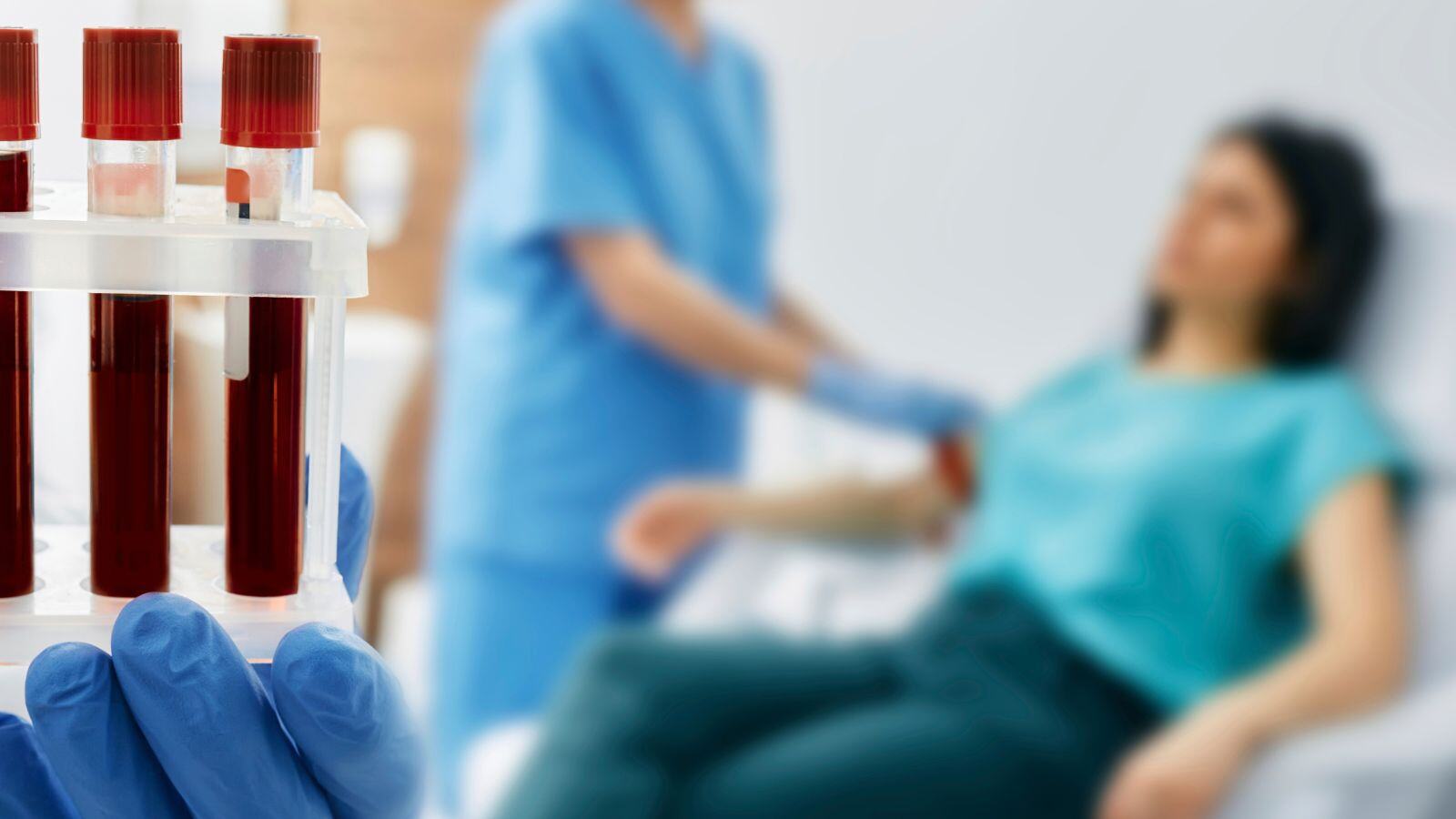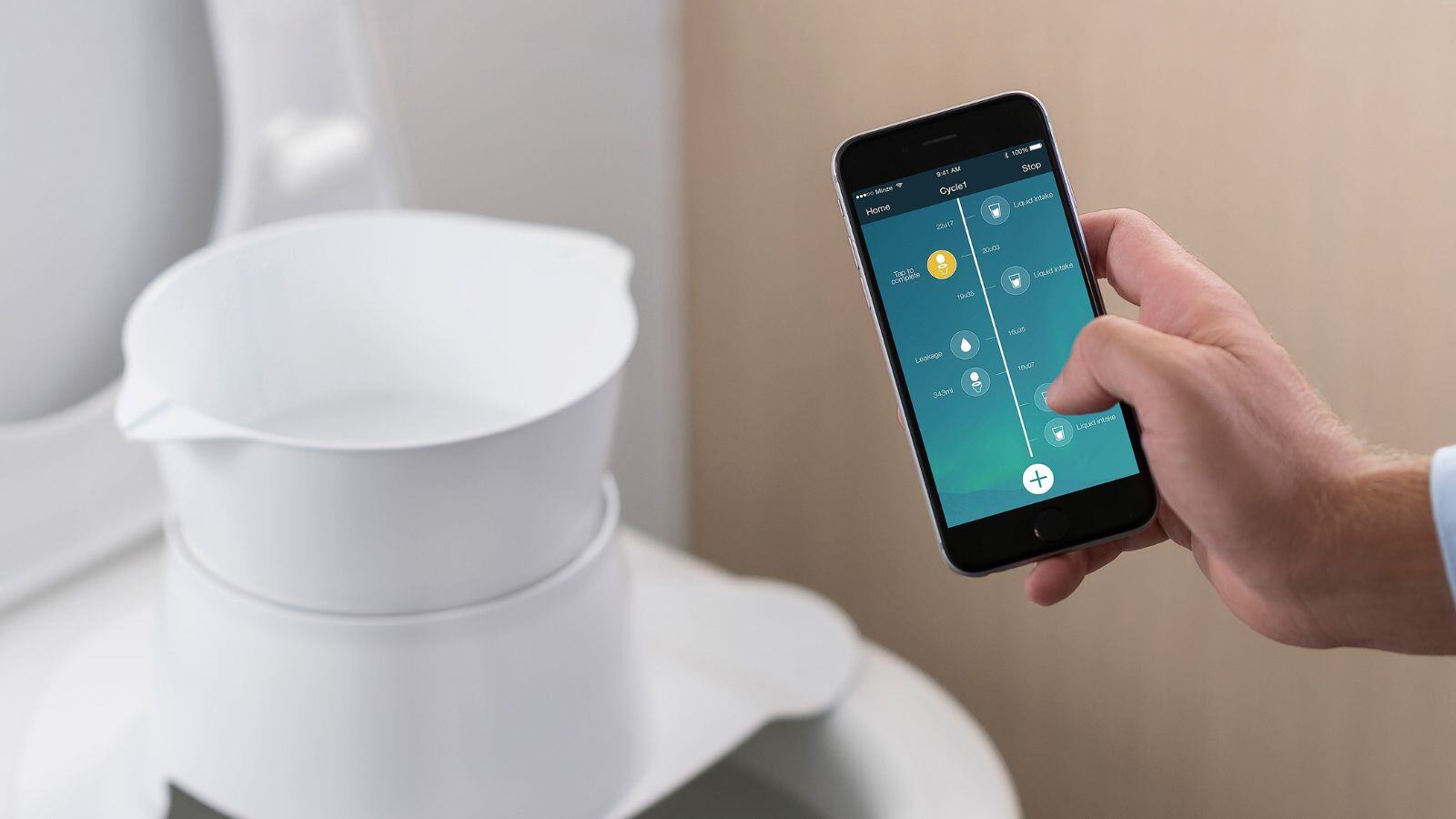State of the Art (SOTA) literature review is part of the clinical evaluation process of a medical device, which is defined as an ongoing collection, generation, appraisal, and analysis of clinical data related to the device.
The output of this systematic literature review feeds into the clinical evaluation, risk management, and instructions for use (IFU). It also provides relevant input for the design and setup of clinical investigations to ensure the collection of sufficient clinical evidence to demonstrate conformity with the general safety and performance requirements (GSPRs) and the benefit-risk acceptability criteria.
A systematic literature review is a structured and objective process to identify, critically appraise, analyze , and summarize clinical evidence to answer pre-specified research questions. In this blog post, we would like to share with you the definitions, time points, and resources required to execute a systematic literature review as required.
SOTA Literature Review – What, Why and When?
Although SOTA is referred to several times in EU MDR 2017/745 and MEDDEV 2.7/1 Rev. 4, the term itself is not defined. The definition of SOTA can be found in ‘MDCG 2020-6 Clinical Evidence for Legacy Devices’:
‘Developed stage of current technical capability and/or accepted clinical practice in regard to products, processes, and patient management, based on the relevant consolidated findings of science, technology, and experience. Note: The state of the art embodies what is currently and generally accepted as good practice in technology and medicine. The state of the art does not necessarily imply the most technologically advanced solution.’
According to MEDDEV 2.7/1 Rev. 4, the SOTA literature search and review should establish:
-
General SOTA: overview of the medical field, technology, alternative treatments and similar benchmark devices
-
Clinical data on the device under evaluation and the equivalent device, if equivalence is claimed
As the SOTA literature review is a crucial first step in the clinical evaluation process, this ideally starts already during the development and pre-market phase of the medical device. During this phase, the SOTA literature review sets the scene for the medical condition(s) and use of the device and retrieves relevant information on safety, performance, and usability parameters, as a benchmark, that the device should comply with.
Systematic literature review also identifies the clinical benefit and defines the acceptability criteria of the benefit-risk profile of the device. The output of the initial SOTA literature review is key to defining which clinical data are to be generated to demonstrate that the device under evaluation conforms to the generally acknowledged state of the art and hence determines which clinical benefit, safety, performance, and usability endpoints should be evaluated in clinical investigations, especially if gaps in clinical evidence are identified.
Finally, SOTA literature review provides relevant input for risk management as it might identify potential clinical hazards related to the device and aid in risk estimation for hazardous situations by providing information on the frequency and severity of the harm.
To obtain market approval (CE marking), clinical evidence pertaining to the device under evaluation should be of sufficient amount and quality to confirm compliance with the relevant GSPRs and the acceptability criteria of the benefit-risk profile.
For some medical devices, particularly for class I and IIa devices, clinical data generated through literature review might represent the greater part (if not all) of the clinical evidence (due to lack of clinical investigations), emphasizing the relevance of a well-conducted and solid systematic literature review.
SOTA Literature Review – Updates
Throughout the life cycle of the device, the clinical evaluation and its documentation should be updated with clinical data obtained from the post-market surveillance (PMS) and post-market clinical follow-up (PMCF) to pro-actively collect and evaluate device safety and performance data after being placed on the market.
- Whenever new information from PMS affects the clinical evaluation or its conclusion (accounts for all risk classes), particularly on the benefit-risk profile of the device
- If no new information is received, then
- At least annually for high-risk (class III) or not-yet well-established devices
- Every 2 to 5 years for lower-risk and well-established devices.
SOTA Literature Review – Who?
Preferentially, literature reviews are performed by qualified medical writers with a scientific or medical background and knowledge of research methodology, information management, and regulatory requirements. Input from clinical, quality, and regulatory experts as evaluators of the LRP and LRR is highly recommended.
According to MEDDEV 2.7/1 rev 4 specific requirements for the expertise and experience of LRP and LRR authors and evaluators include a relevant higher education degree and five years’ related professional experience, or ten years’ professional experience if a degree is not considered a prerequisite for the task.
An up-to-date CV of all authors and evaluators should be provided with the report. Deviations from the above requirements should be documented and duly justified. All evaluators must provide a declaration of interest.
How can we assist in consolidated SOTA literature reviews?
The SOTA literature review, as part of the clinical evaluation process, is a time-consuming complex process that requires specific reading, writing, and strong analytical skills.
At QbD Clinical, we provide knowledge-based expertise to help you set out the clinical strategy and plan and document the clinical evaluation process throughout the journey of your medical device – from start to finish.
To speed up the preparation of the required documentation and ensure high quality deliverables, a team of regulatory affairs specialists, literature review experts, medical writers, medical advisors and project managers work closely together.
Take advantage of the multi-disciplinary expertise of QbD Group to speed up and deliver an MDR compliant SOTA literature review and clinical evaluation in an efficient way.
Our services at a glance:
- Gap analysis of SOTA literature review and clinical evaluation documents
- Systematic literature reviews – literature review plan and report
- Regulatory Medical Writing – CEP, CER, PMS plan and report, PMCF plan and report, PSUR
- Clinical medical writing – CIP and CIR
- Advise in clinical strategy
- Operational management of pre-and post-market clinical investigations and PMCF surveys







.png?width=109&height=108&name=Pharma%20(2).png)
.png?width=111&height=108&name=Medical%20Devices%20(2).png)
.png?width=84&height=107&name=IVD%20(2).png)







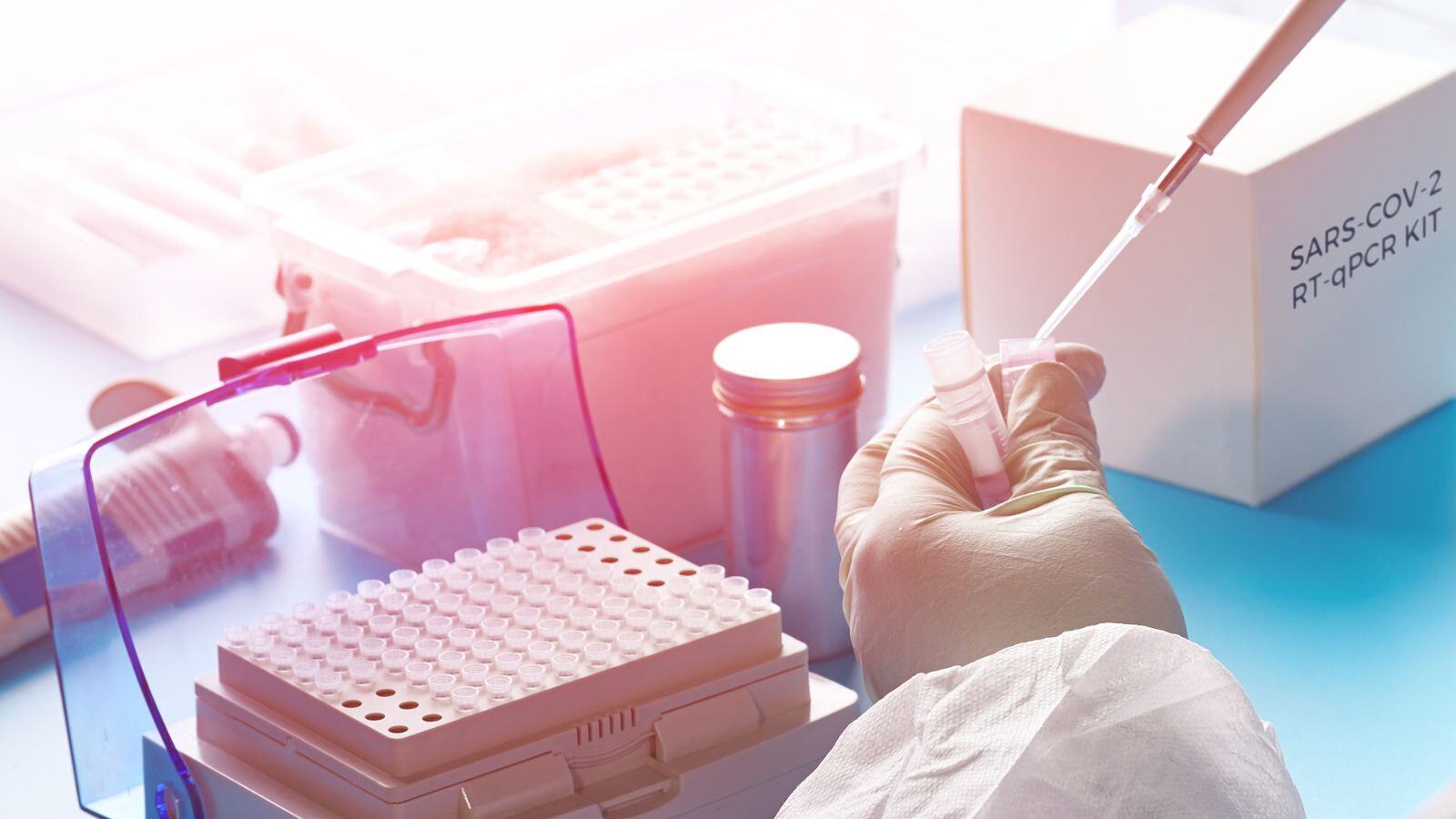


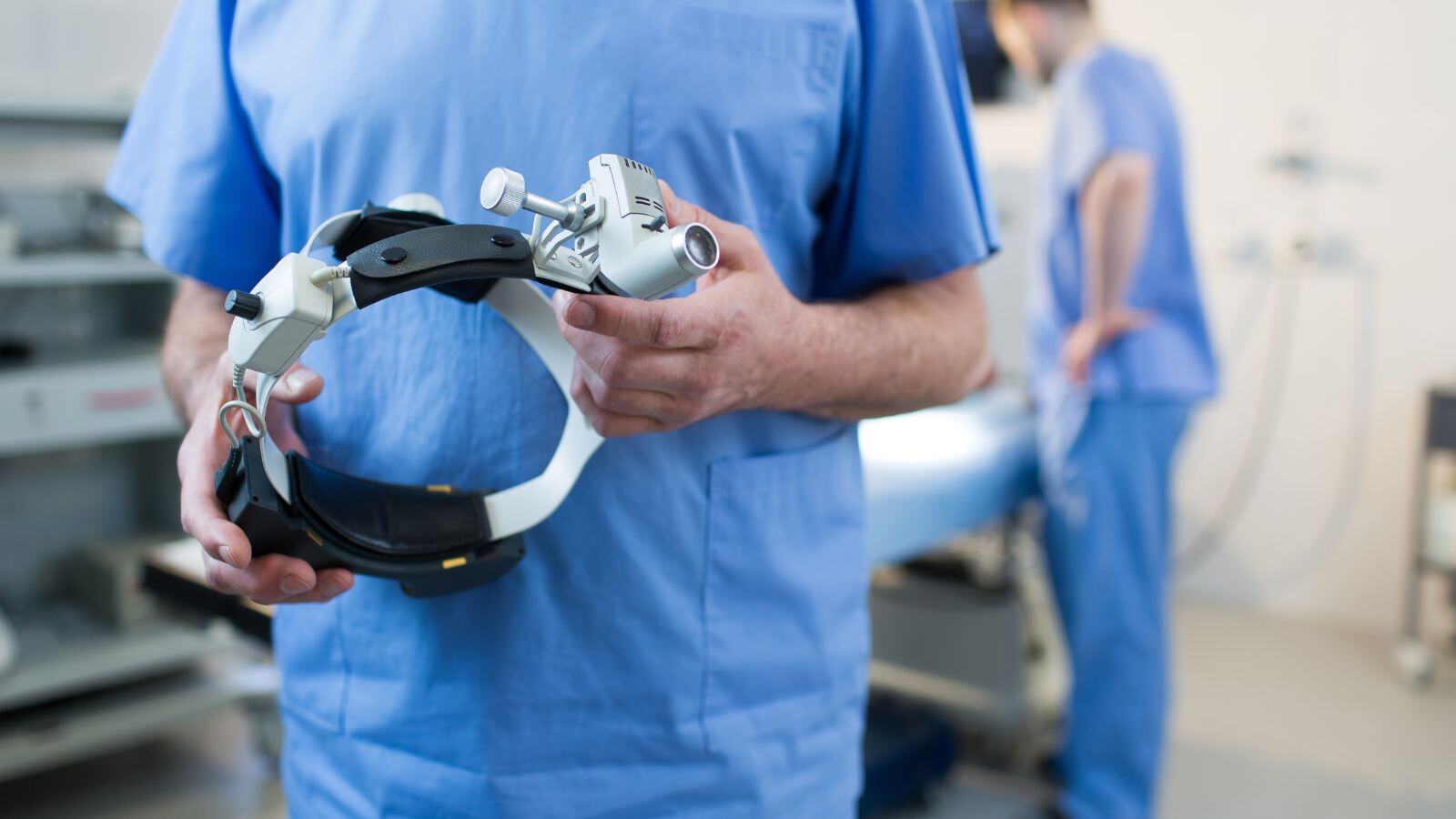
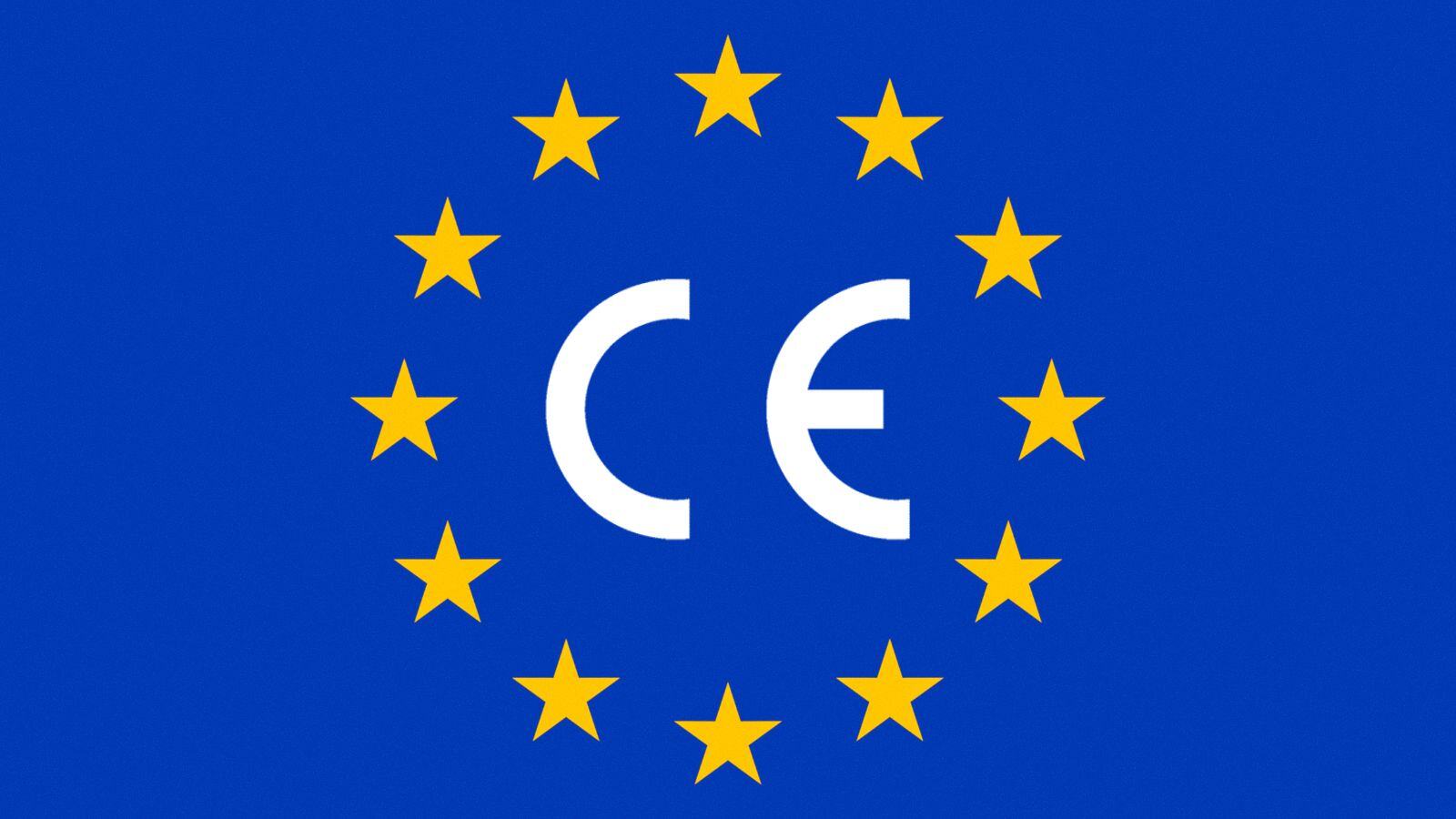
.jpg)

